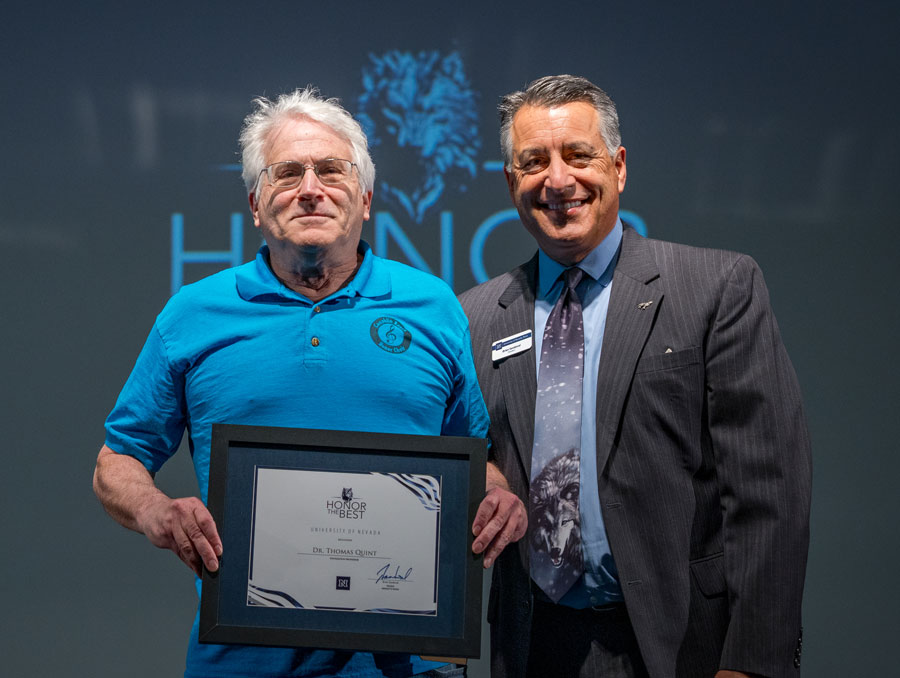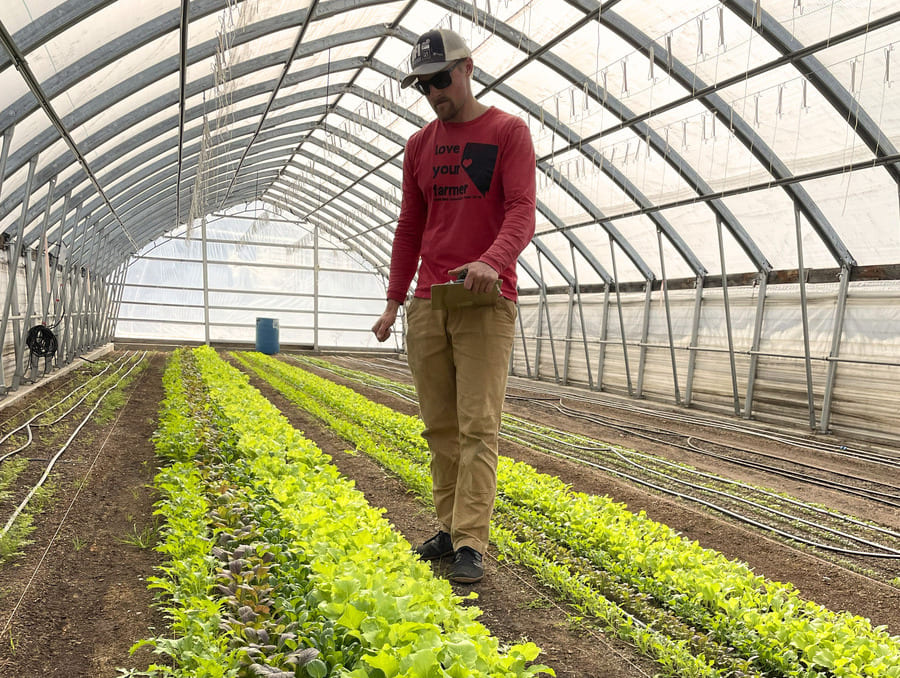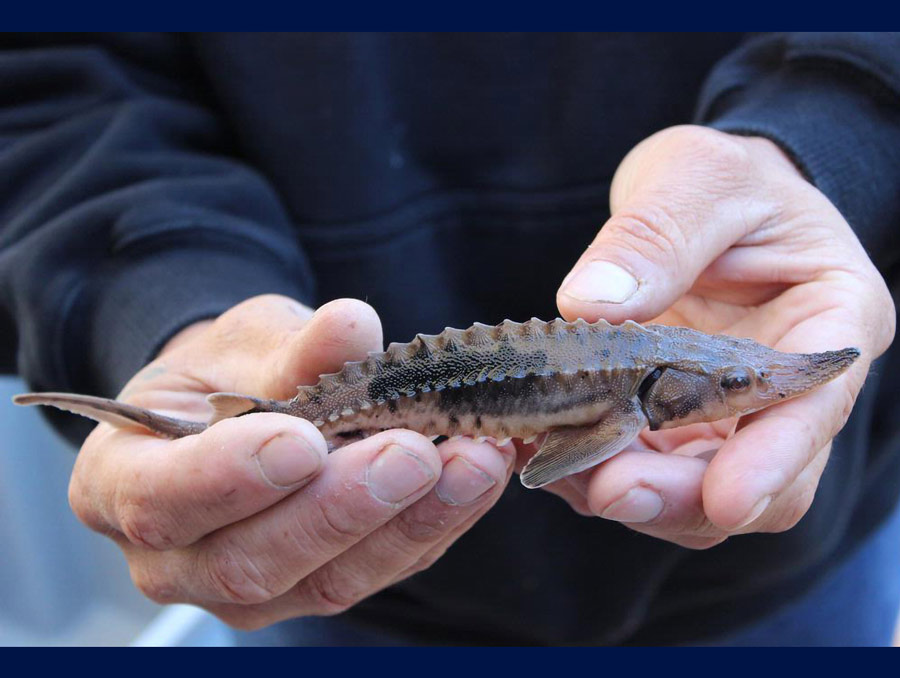This story was originally published on the Hitchcock Project for Visualizing Science news site. The Hitchcock Project, an initiative of the Reynolds School of Journalism, aims to train students and scientists in accurate and engaging forms of science communication. Read more science news at HitchcockProject.org.
On a dry and windy Saturday in Washoe Valley, Nevada, the Davis Fire sparked to life. Beginning at Davis Creek Regional Park on Sept. 7, 2024, the wildfire burned over 5,800 acres, damaged multiple structures and placed 14,000 people under evacuation notices. The Truckee Meadows Fire Protection District, Humboldt-Toiyabe National Forest, and Southwest Area Incident Management Team worked ceaselessly with crews to extinguish the flames. As of Sept. 25, 2024, the fire is 100% contained and does not pose a threat to our community.
Wildfires have always been awesome and devastating events that happened to other towns but not mine, affecting other homes but not mine. Living in southern Washoe Valley, I uncovered with my own eyes the relentless and orderless rage a wildfire generates. More than that, though, I gained firsthand appreciation of the meticulous and calculative strategies that crews made on the ground, in the air, and everywhere in between. Wildfire professionals are more than just the exciting subjects of news stories we read in passing fascination each dry season – they are friends, neighbors, strangers, and heroes who put their lives on the line to protect the people and places we call home.I am grateful that my house did not burn, and in the hindsight of safety and happily-ever-afters, I am grateful for the ability to have watched this event unfold.


 Planes flying and dropping water on flames of the Davis Fire. Sept. 9, 2024. Credit: Ali Dickson.
Planes flying and dropping water on flames of the Davis Fire. Sept. 9, 2024. Credit: Ali Dickson.
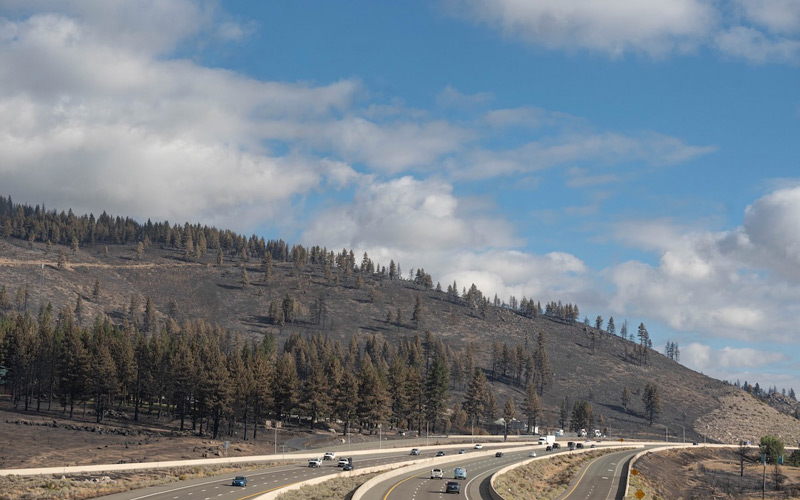 Post-fire burn scar from the Davis Fire over the exit bridge of Old 395 in Washoe Valley. Sept. 12, 2024. Credit: Ali Dickson.
Post-fire burn scar from the Davis Fire over the exit bridge of Old 395 in Washoe Valley. Sept. 12, 2024. Credit: Ali Dickson.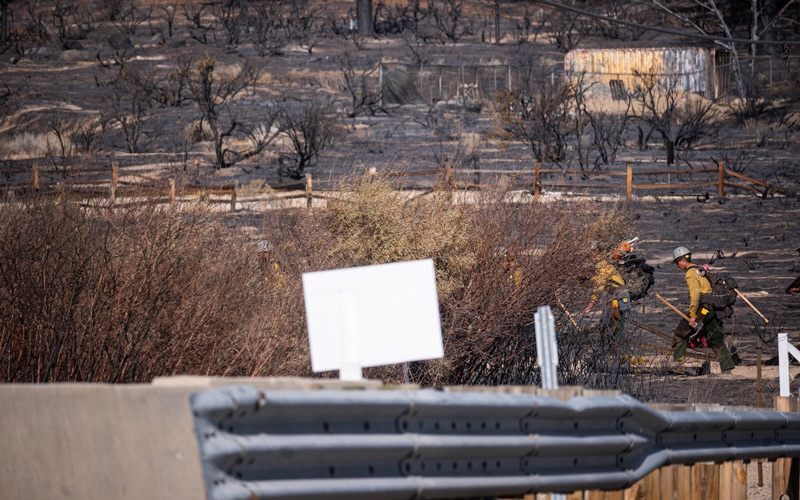 Hand crew walking to work at Davis Creek Regional Park. Sept. 12, 2024. Credit: Ali Dickson.
Hand crew walking to work at Davis Creek Regional Park. Sept. 12, 2024. Credit: Ali Dickson.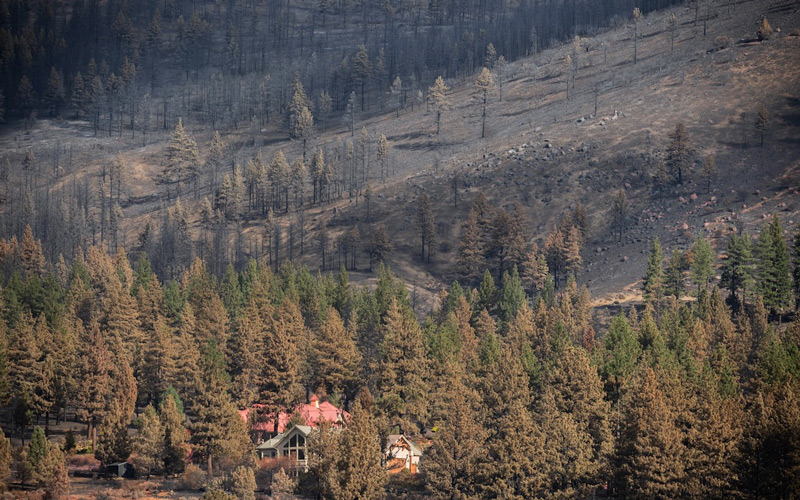
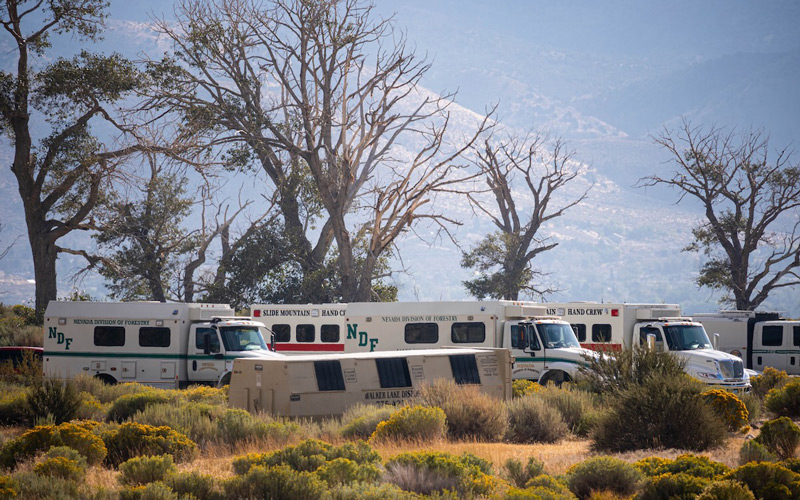 Makeshift parking lot for crew vehicles in a sheep field. Washoe Valley, Sept. 12, 2024. Credit: Ali Dickson.
Makeshift parking lot for crew vehicles in a sheep field. Washoe Valley, Sept. 12, 2024. Credit: Ali Dickson.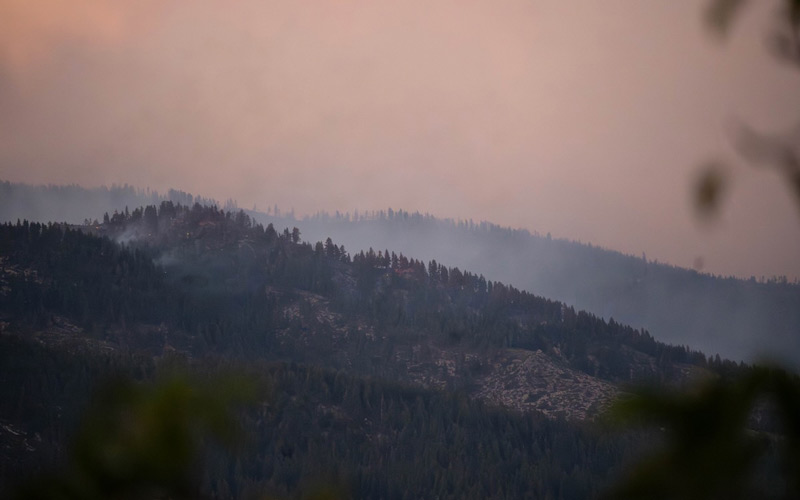 Smoke from the Davis Fire as seen at twilight from my yard. Sept. 9, 2024. Credit: Ali Dickson.
Smoke from the Davis Fire as seen at twilight from my yard. Sept. 9, 2024. Credit: Ali Dickson.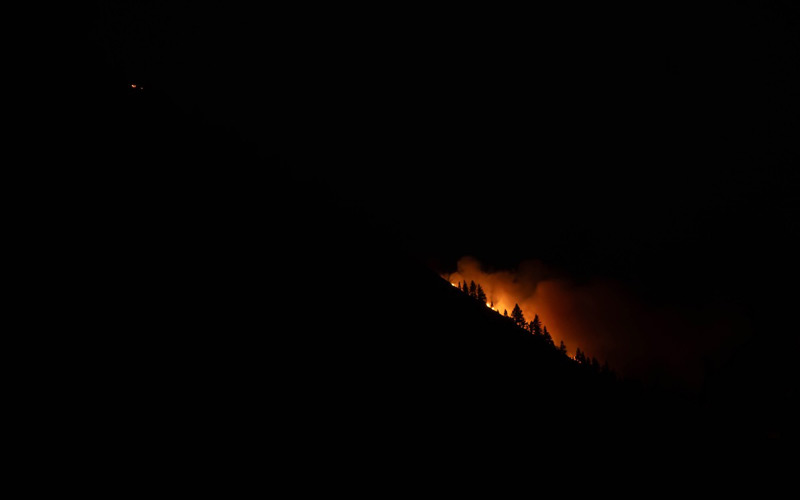 Night flames from the Davis Fire. I took this picture in my backyard seconds before a curious bear stopped by in hopes of digging through our garbage to find the decomposing fruits and veggies we threw out of our powerless refrigerator. Sept. 9, 2024. Credit: Ali Dickson.
Night flames from the Davis Fire. I took this picture in my backyard seconds before a curious bear stopped by in hopes of digging through our garbage to find the decomposing fruits and veggies we threw out of our powerless refrigerator. Sept. 9, 2024. Credit: Ali Dickson.












